When was the last time you saw female rage depicted in the media? Now, I don’t mean that one Barbie monologue or Fiona Apple, I mean genuine unfiltered female wrath. Punching walls, flinging cutlery, declaring nuclear war are all forms of rage that we almost exclusively see from men in the media – This is despite studies in 2022 that show women to be six percentage points higher than men in feeling rage and stress. Women are getting angrier, and the media refuses to notice it.
Most female characters on our screens and pages slot into the role of being ‘subservient’ and ‘nurturing’ for their male counterparts. However, the few who don’t adhere to this rule are almost always scrutinised or erased from the narrative. Tina Fey’s Regina George in ‘Mean Girls’ quite literally gets hit by a bus for behaving like a jock whilst Amy in Gillian Flynn’s ‘Gone Girl’ elaborately sets her husband up for murder only to (spoiler) end up faking a happy marriage 528 pages later. Even Beyonce, who we would rightfully assume would never be subjected to pitiful mortal critique, stays with Jay Z post ‘Lemonade’ album to have Bel Hooks deem the 13-track masterpiece as “capitalist money-making at its best”. When rage becomes women, it allows for an immediate sentencing to criticism and scrutiny from all.
Yet whenever we finally get to see female rage, it turns into something that is no longer affordable or attainable. It comes as no surprise when we see a female character who defies the desirable archetype of the ‘girl next door’ appear in overly sexualised ‘Harley Quinn’ inspired dress. According to our screens and pages when women are mad they must look their best or else the pain they are releasing into the world is ‘irrational’ and ‘neurotic’. Displaying genuine anger has turned into a beauty pageant that, despite the effort to appeal to the male gaze, ends up with women being laughed at until they are forced off the stage for good. On the other hand, the same patriarchal environment rewards men for expressing the same emotions, crowning them as passionate and assertive. What men get praised for, women can almost always expect punishment.
The few examples we have of female rage in the media means that women don’t get to experience the same level of catharsis that men can get watching Rambo or Rocky or anything to do with Sylvester Stallone. With no resources to purge their outrage, women are left to repress their anger and can let it manifest into unhealthy coping mechanisms which only encourage the judgement of society. Medical journal ‘The Lancet’ reports women as being more susceptible to deal with mental illness as a direct result of gender-based discrimination, leading to higher rates of depression and anxiety. Both conditions which the World Health Organisation confirms is already 2x as likely in women than it is men. By suppressing anger, women are also more likely to fall victim to chronic stress which can lead to alcoholism and drug misuse – both forms of substance abuse that are used almost exclusively to vilify girls and women in society. Not showing female rage in the media has inadvertently enforced the harbouring of an emotional time bomb in women that is ready to internally implode. Consequently, when this bomb goes off it manifests into forms of self-destruction which, when considering the possible fatalities at hand, only destroys the society that has constructed it.
Although incredibly idiotic, there’s a reason why there’s so much fear surrounding genuinely enraged woman and it’s because female rage is so brilliant. Take Jean-Léon Gérôme’s 1865 painting, “Truth Coming Out of Her Well”. The painting depicts a beautiful nude woman emerging from a well shouting a full-throated battle cry with a whip in hand towards the viewer. Besides being turned into a popular meme due to its “weirdness”, the piece still reads as a powerful portrayal of female rage and moral purity rather than sexual availability. Simone de Beauvoir, Maya Angelou, and Zadie Smith all derailed literature by being unapologetically ‘sassy’ as Angelou puts it in ‘Caged Bird’, fighting off patriarchal society with humour and hatred in their respective prose. Both Gerwig and Coppola explore the multitudes of what it means to purge female pain throughout the subtle dialogue and directing of ‘Barbie’ and ‘Priscilla’. I could carry on, but my point would remain the same. Female rage is so great of a weapon that the mere sight of it poses a threat worthy of destabilising an entire male-centric institution. Now how brilliant is that?
Female rage is real, and its existence is getting harder to ignore. Every bellowing scream, whether it be because of exams, lack of rest, or a stubbed toe becomes a cry for justice that deserves to be acknowledged. No form of anger should be less visible than the other and who are we to let gender determine that? We should showcase more ‘mad women’ in the media to create space for women (and all genders) to openly express, identify, and communicate their anger safe from judgement. By normalising the universal experience of female rage, a healthier world where everyone can feel without fear of social persecution wouldn’t seem so impossible as it does today. In conclusion, I think we all might need to consider the wise words of model and proudly angry activist EmRata: “Anger is hard to fetishise. So, I have a proposal. I think we all need to be a little more pissed off…
I’m going to be in my b*tch era.


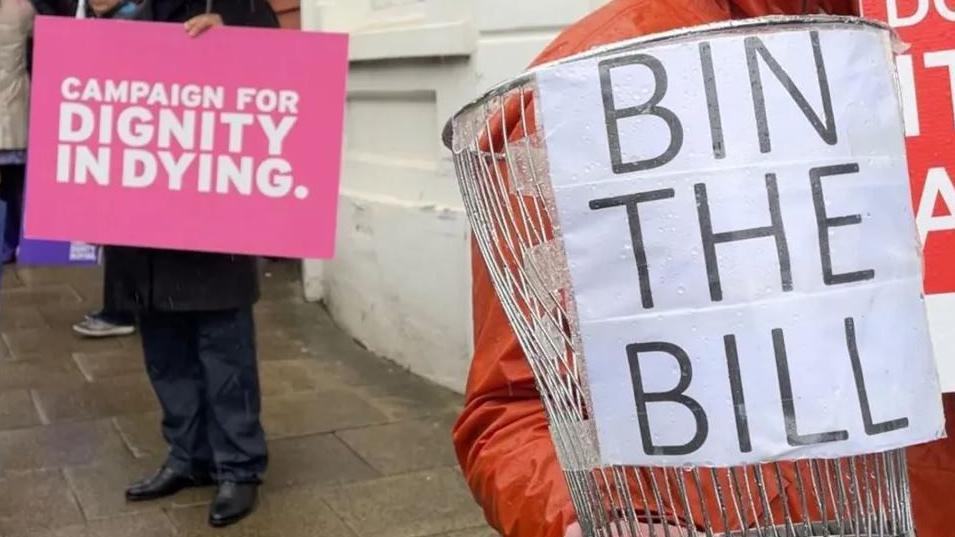

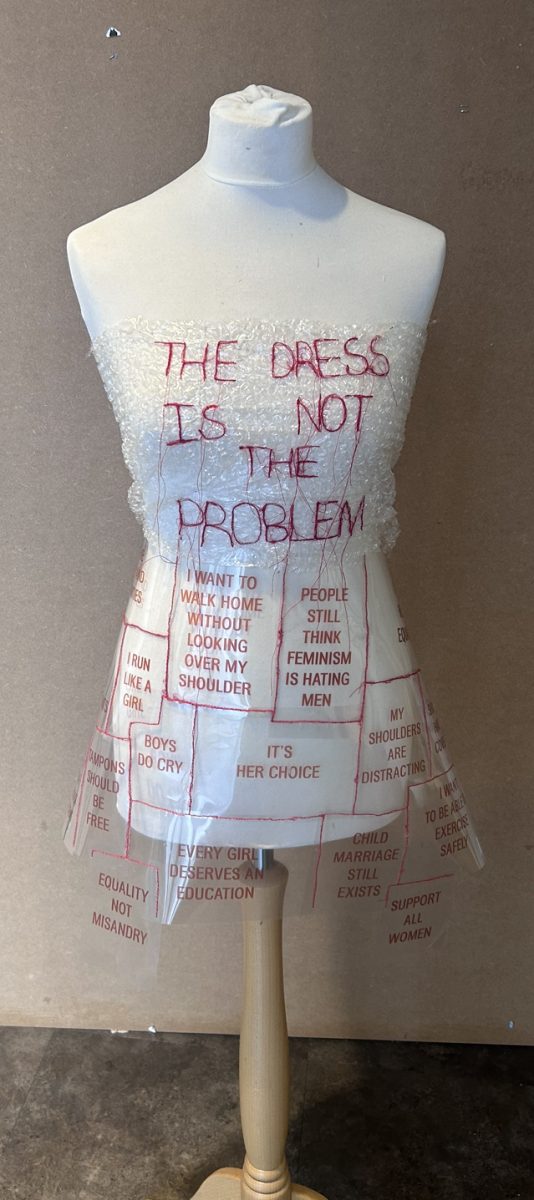
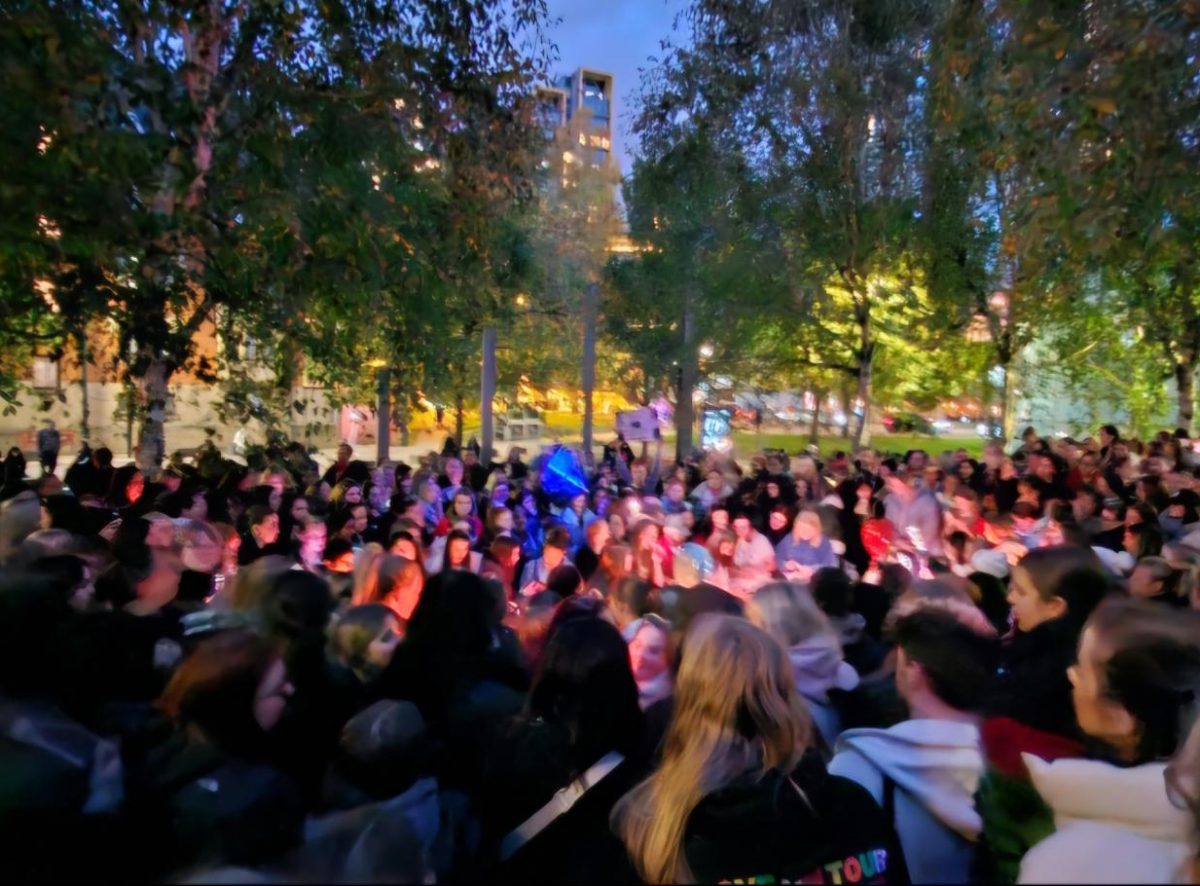


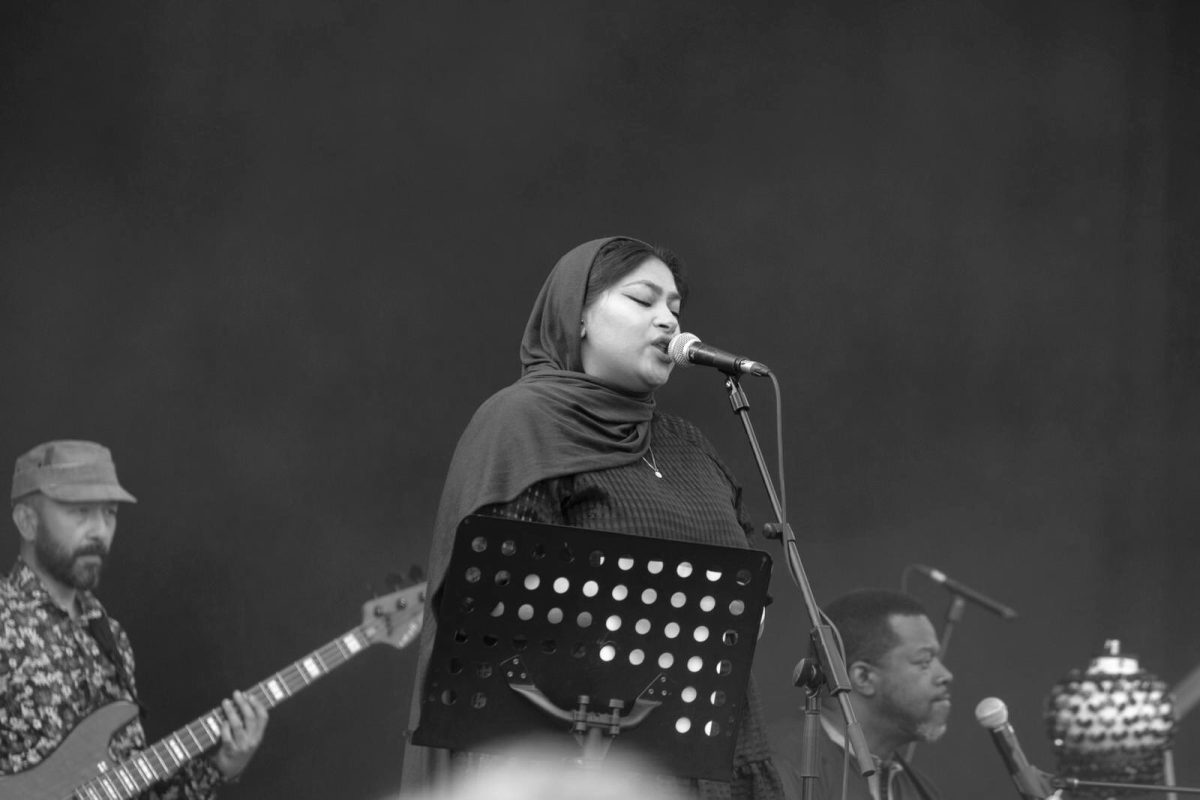
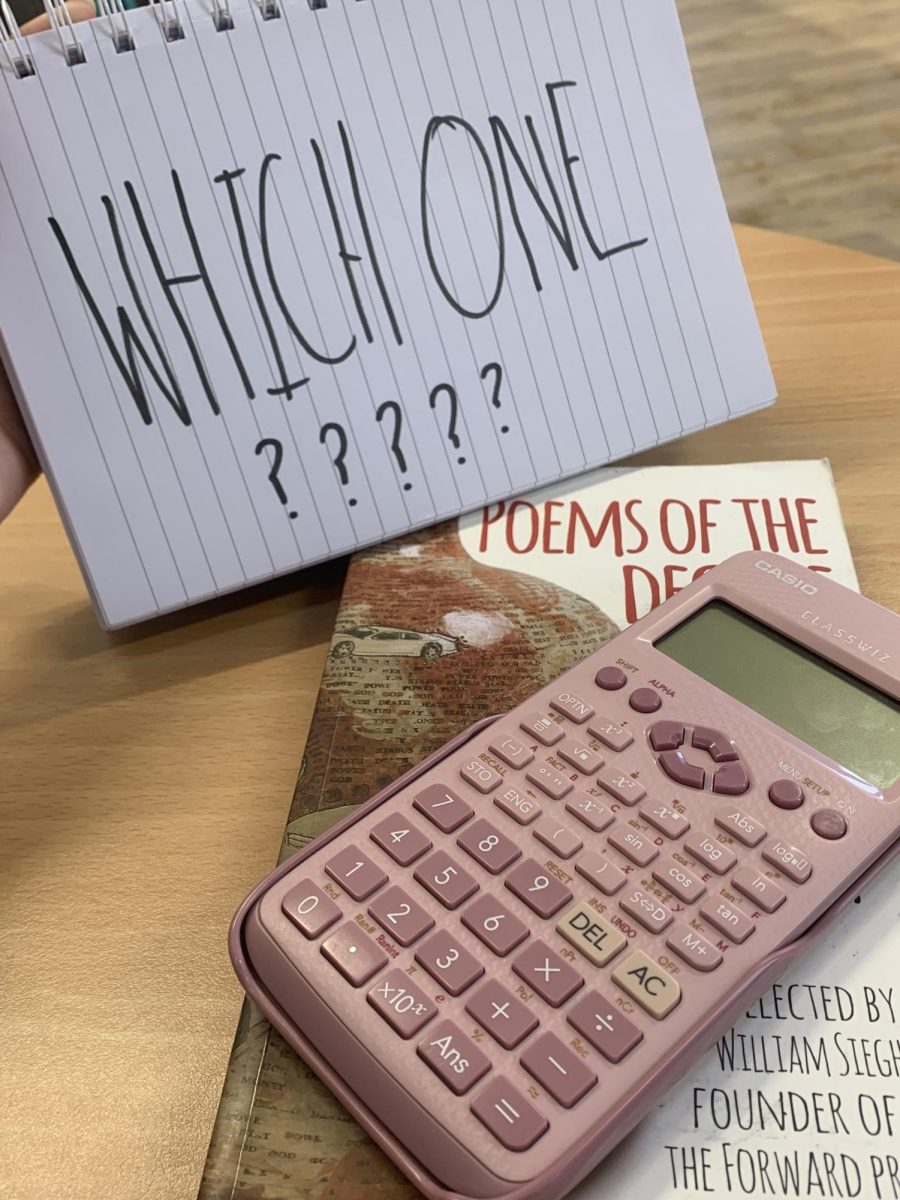
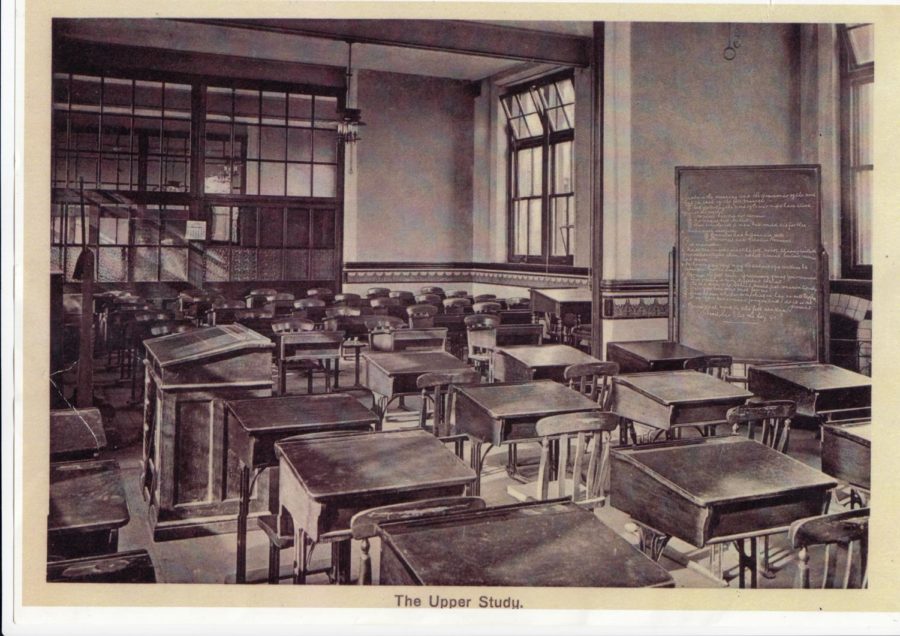
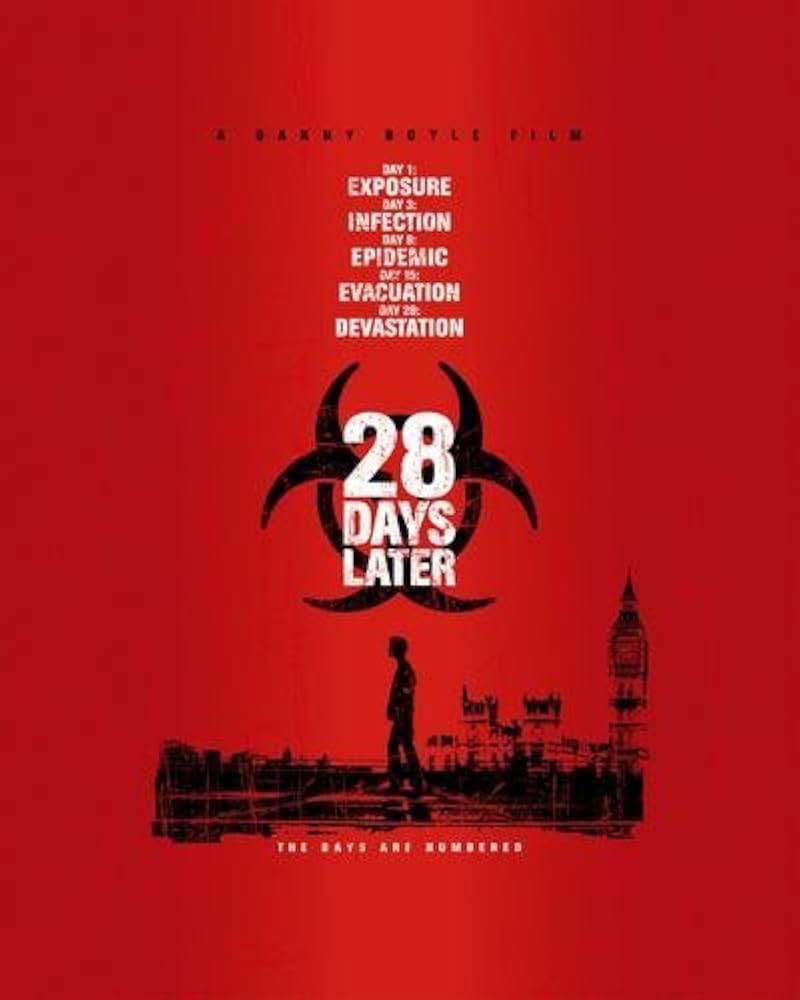
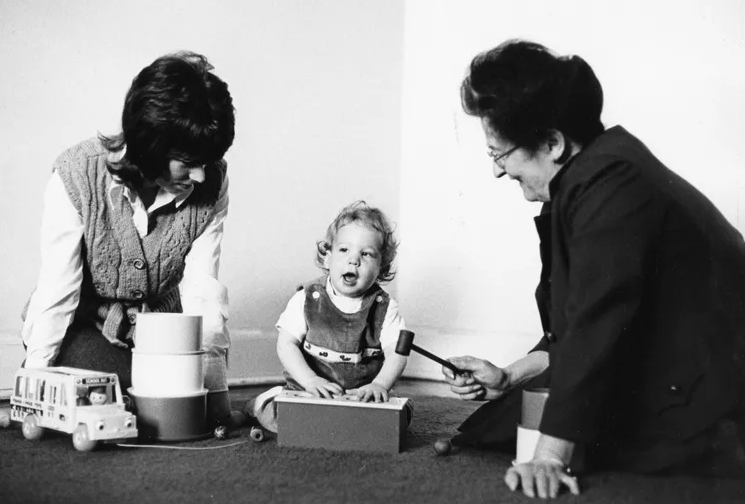

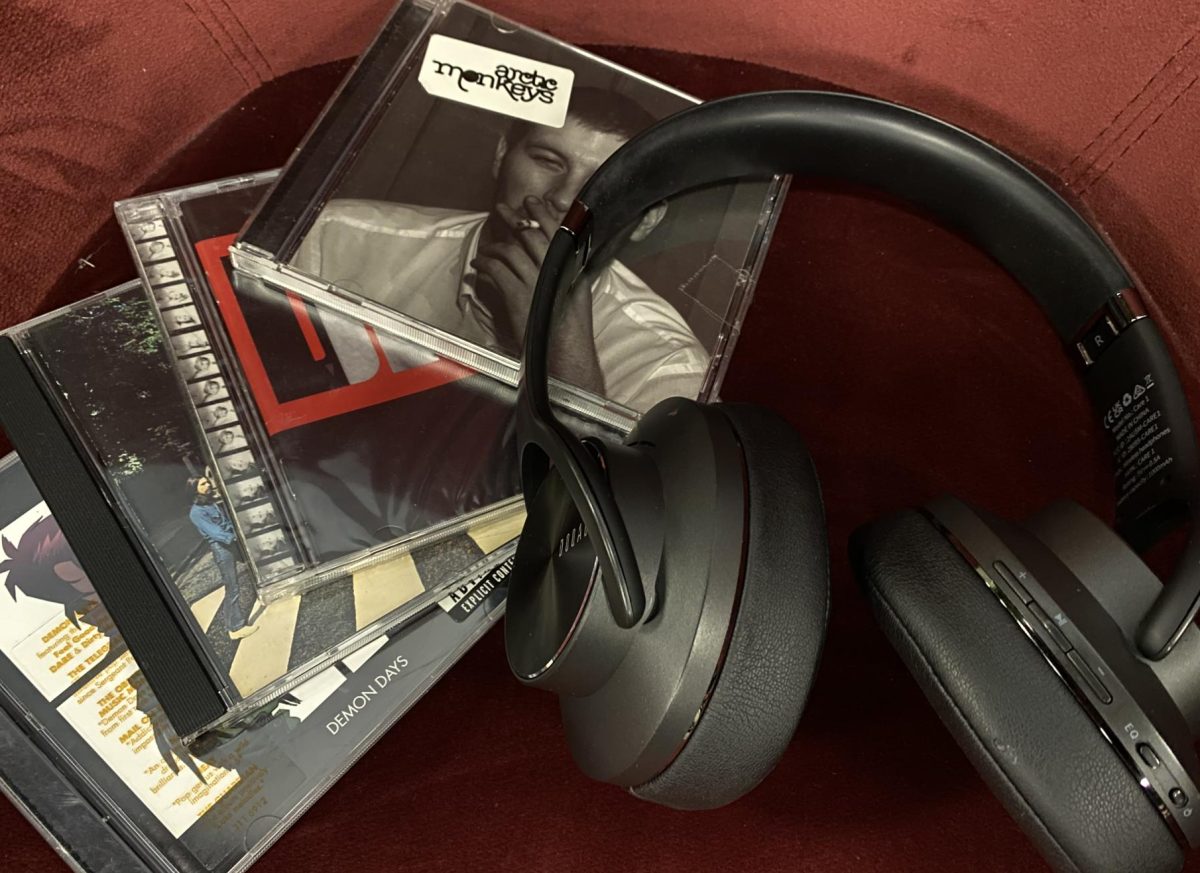

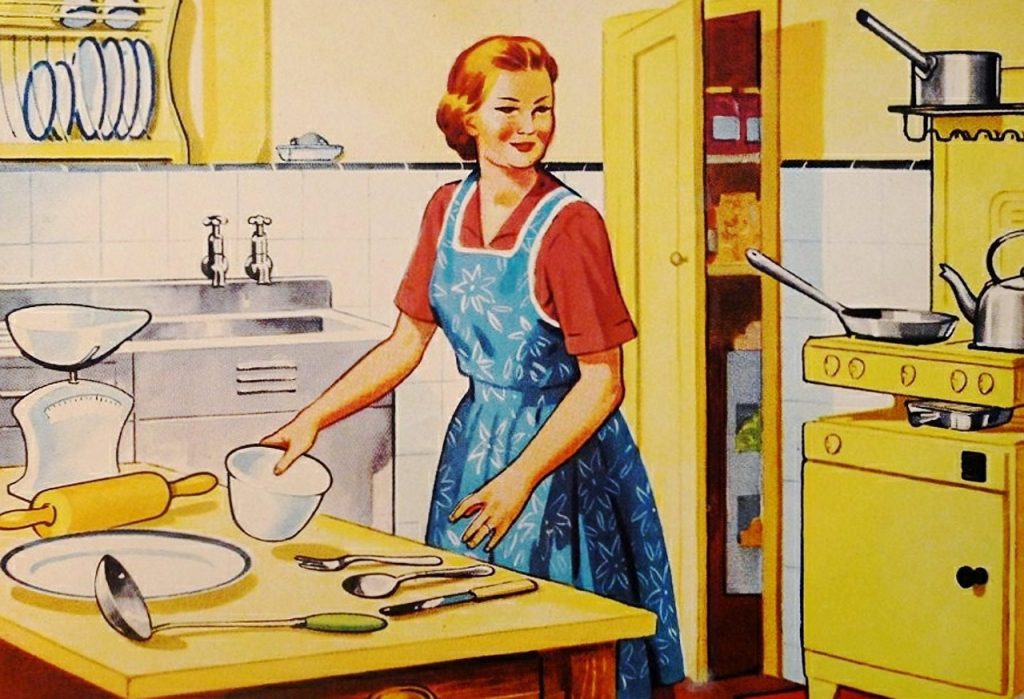
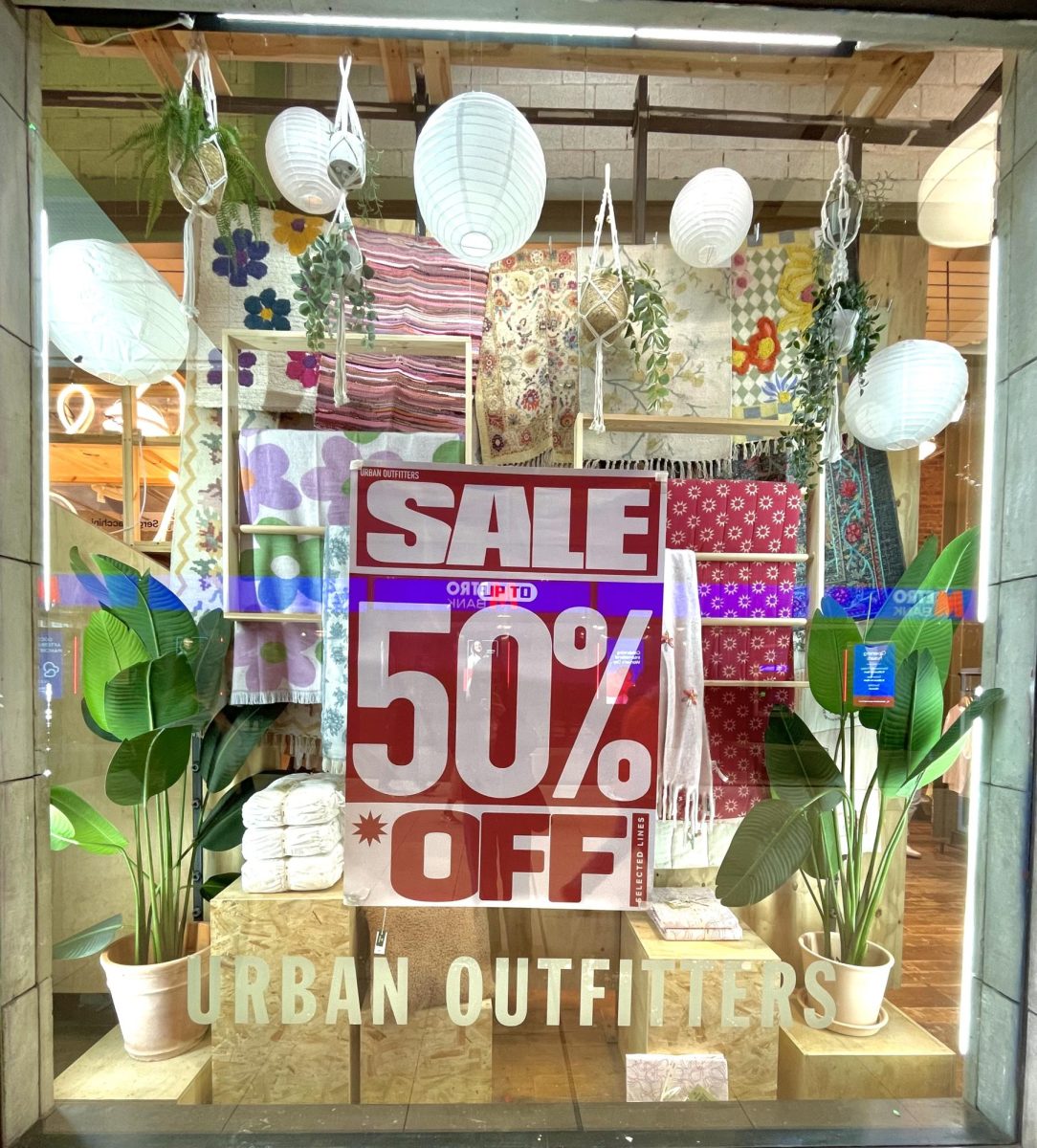
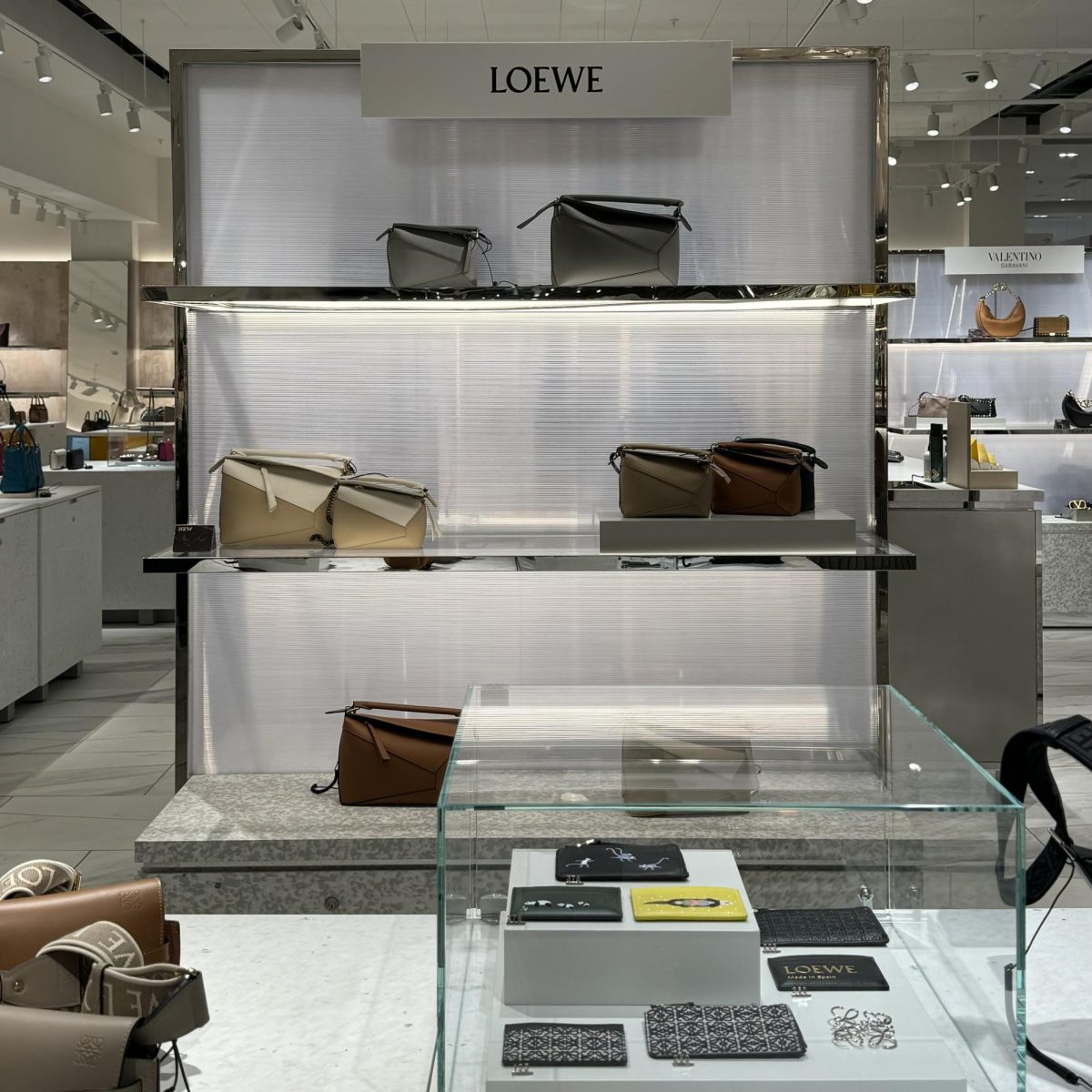
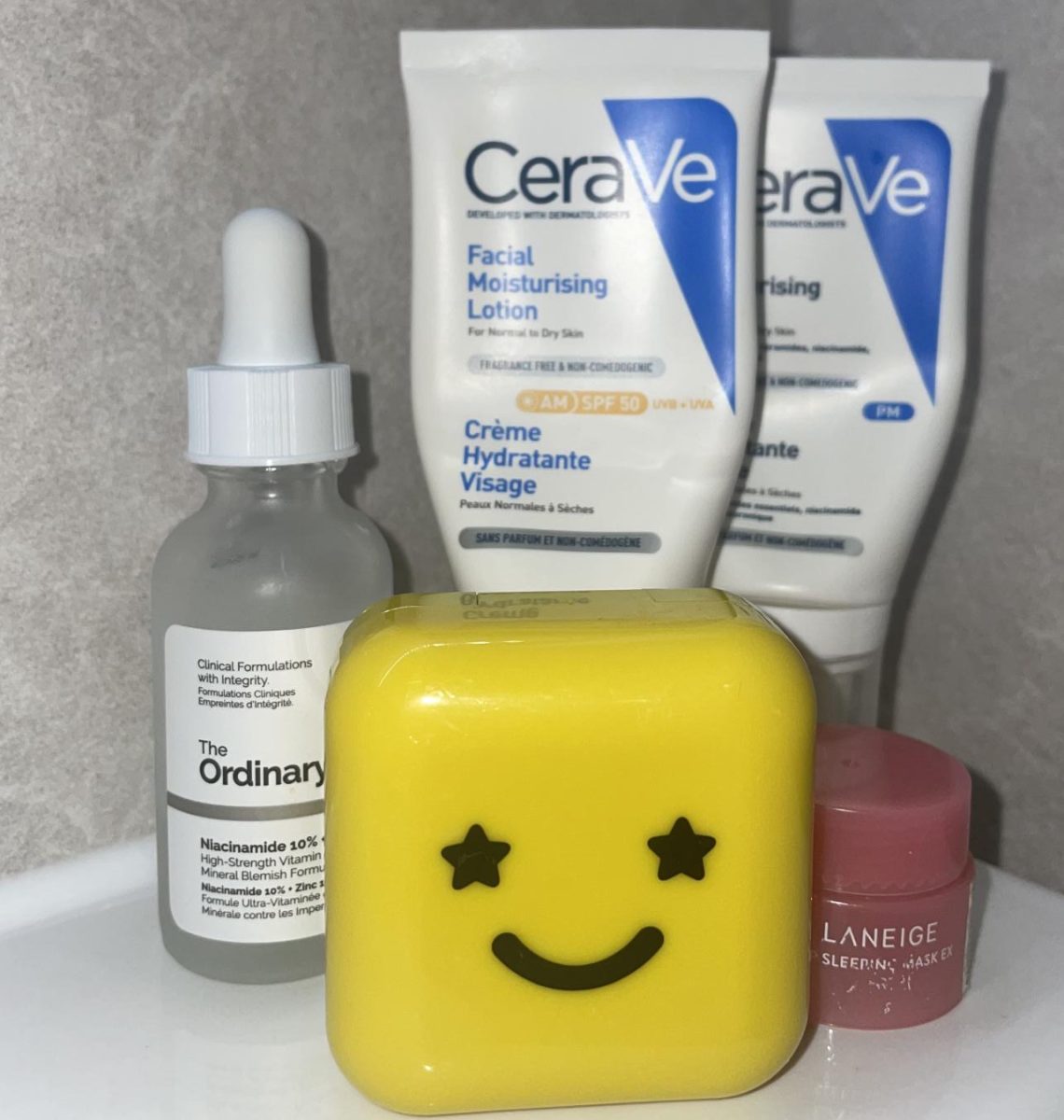











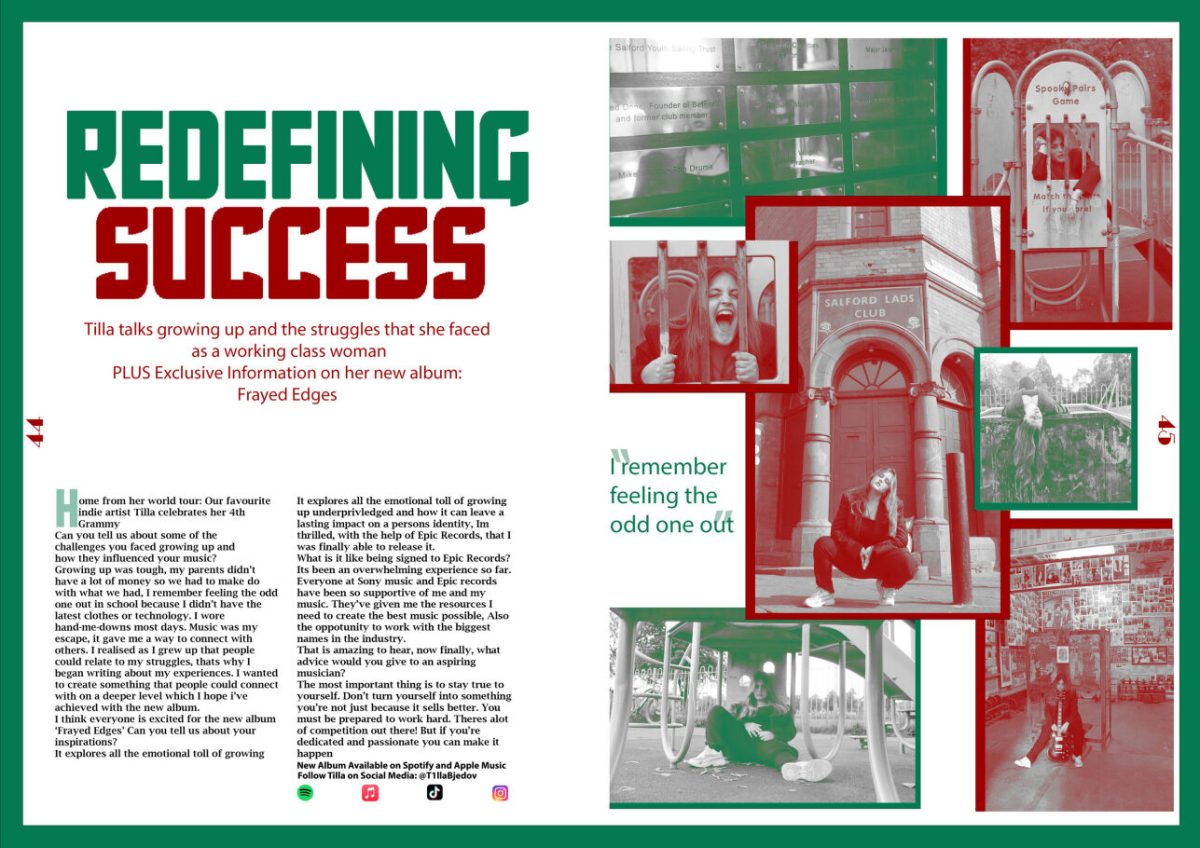

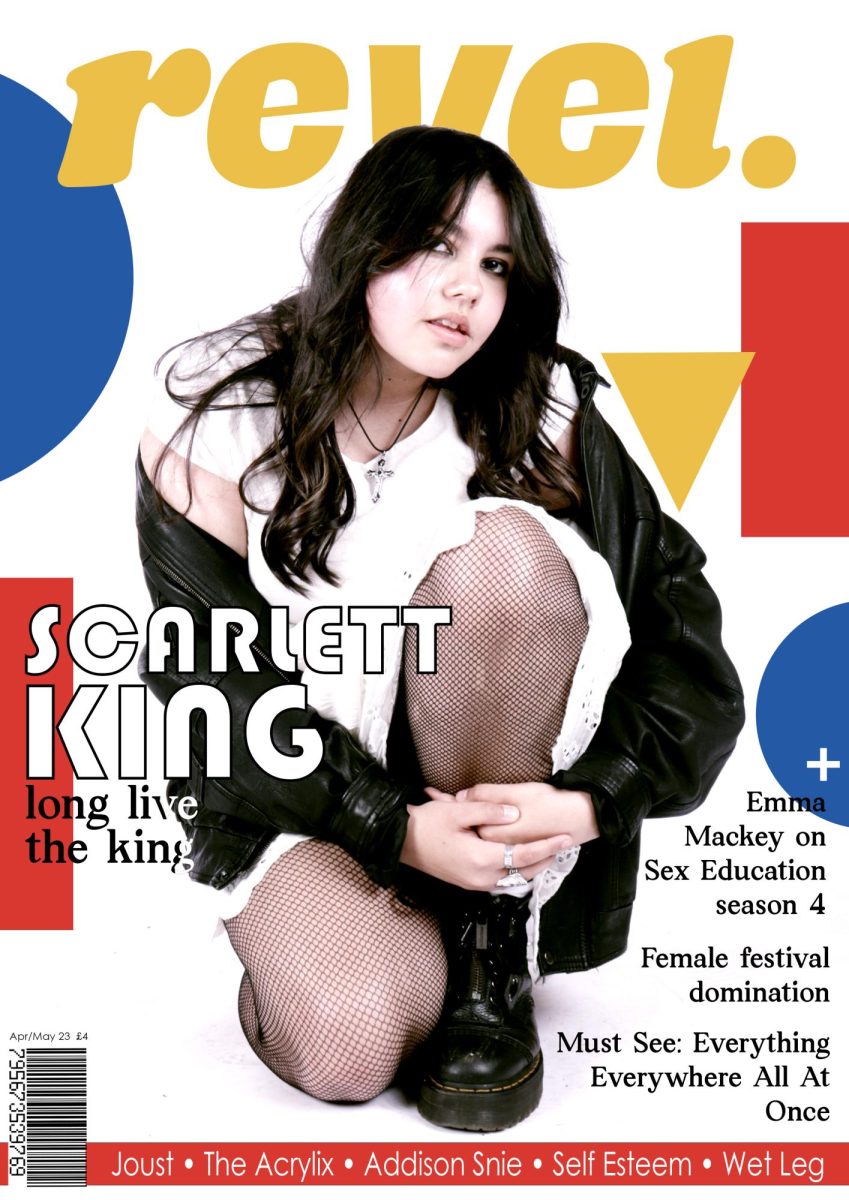
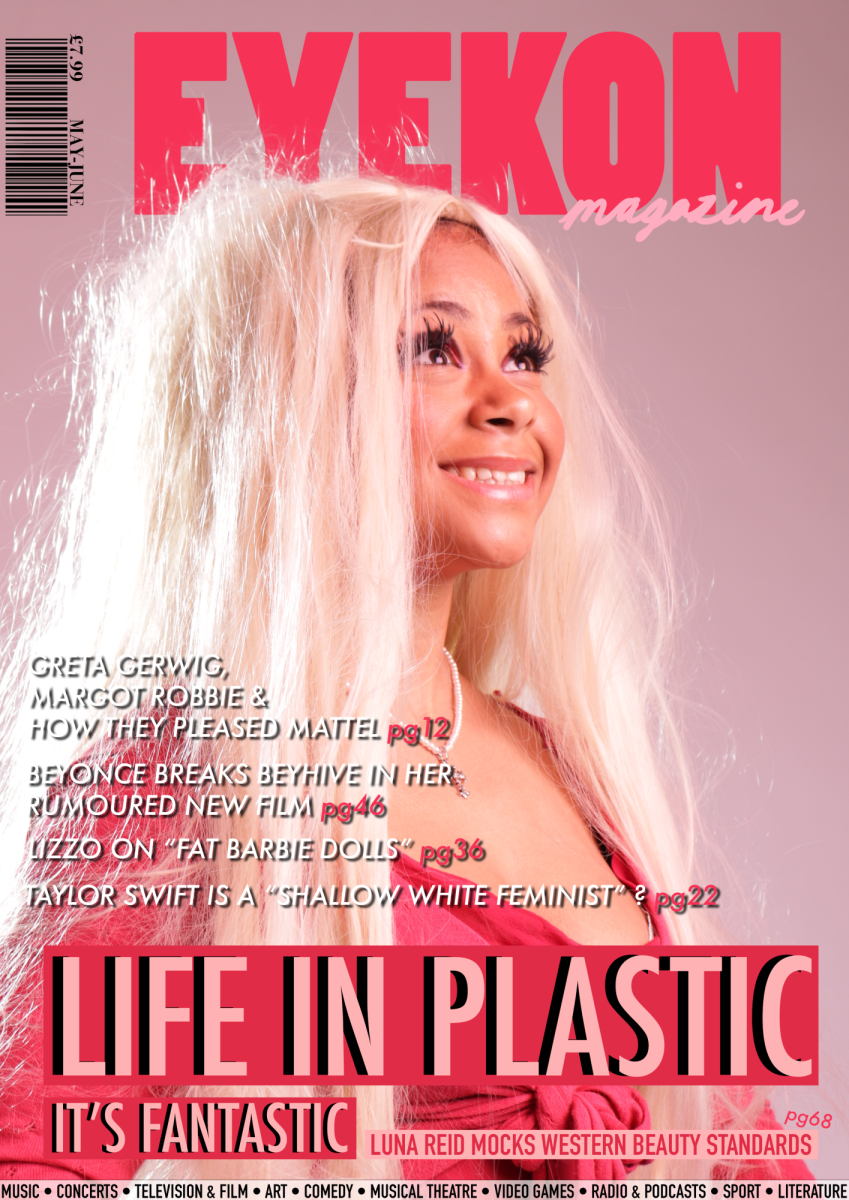
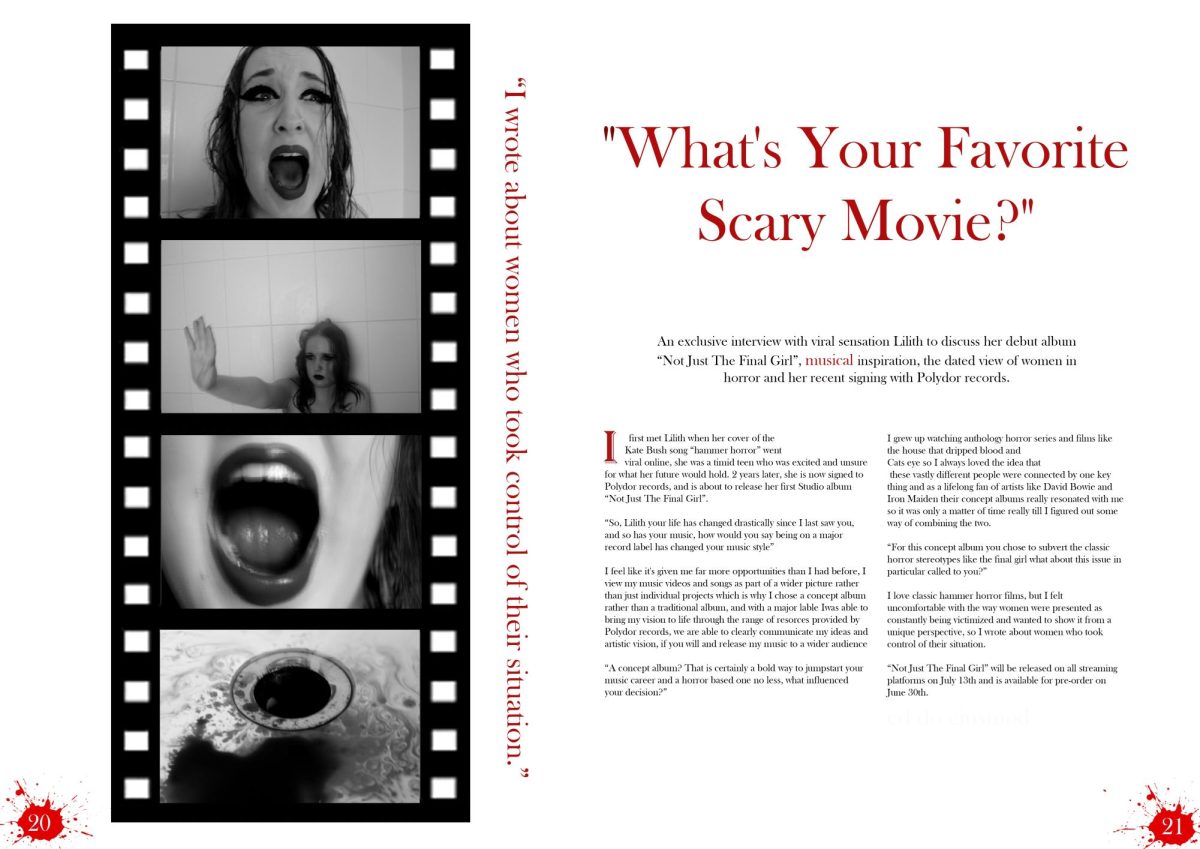

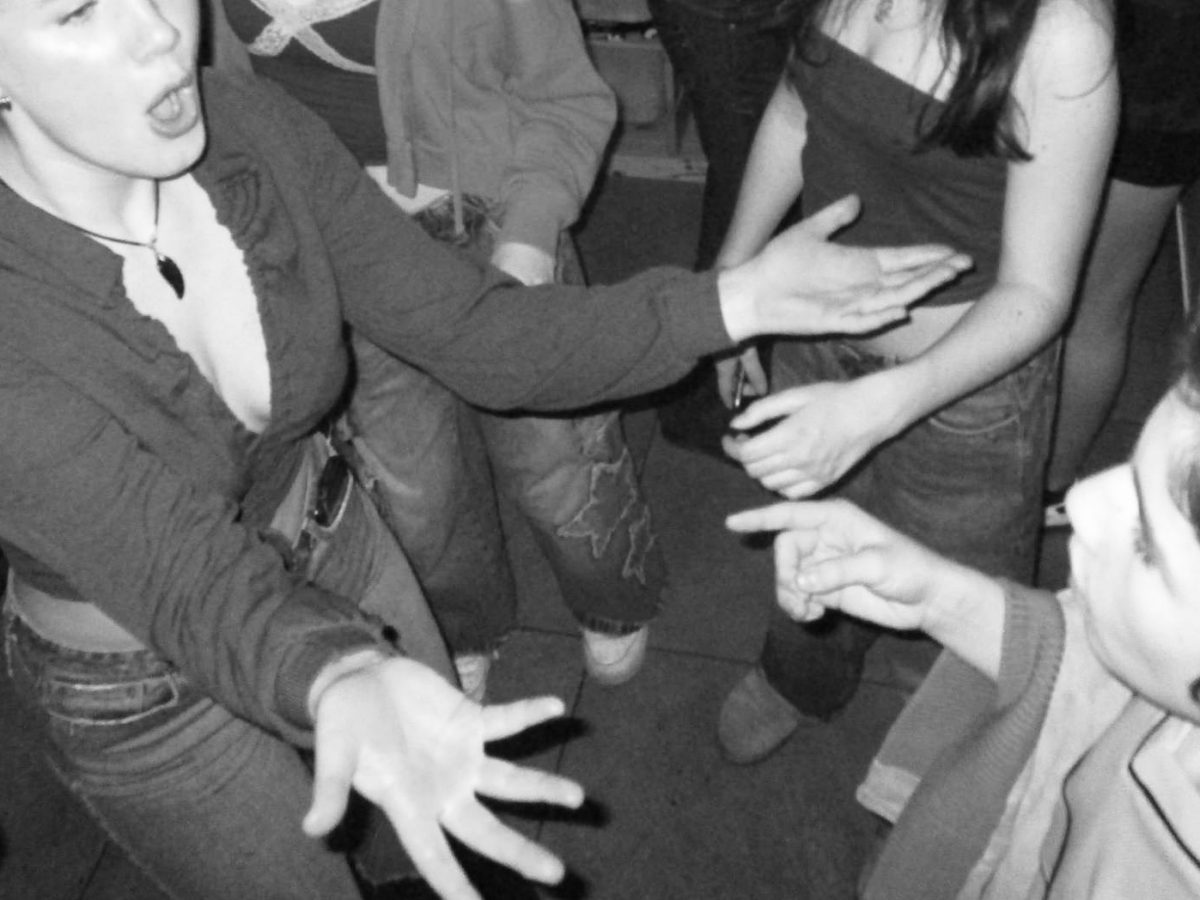
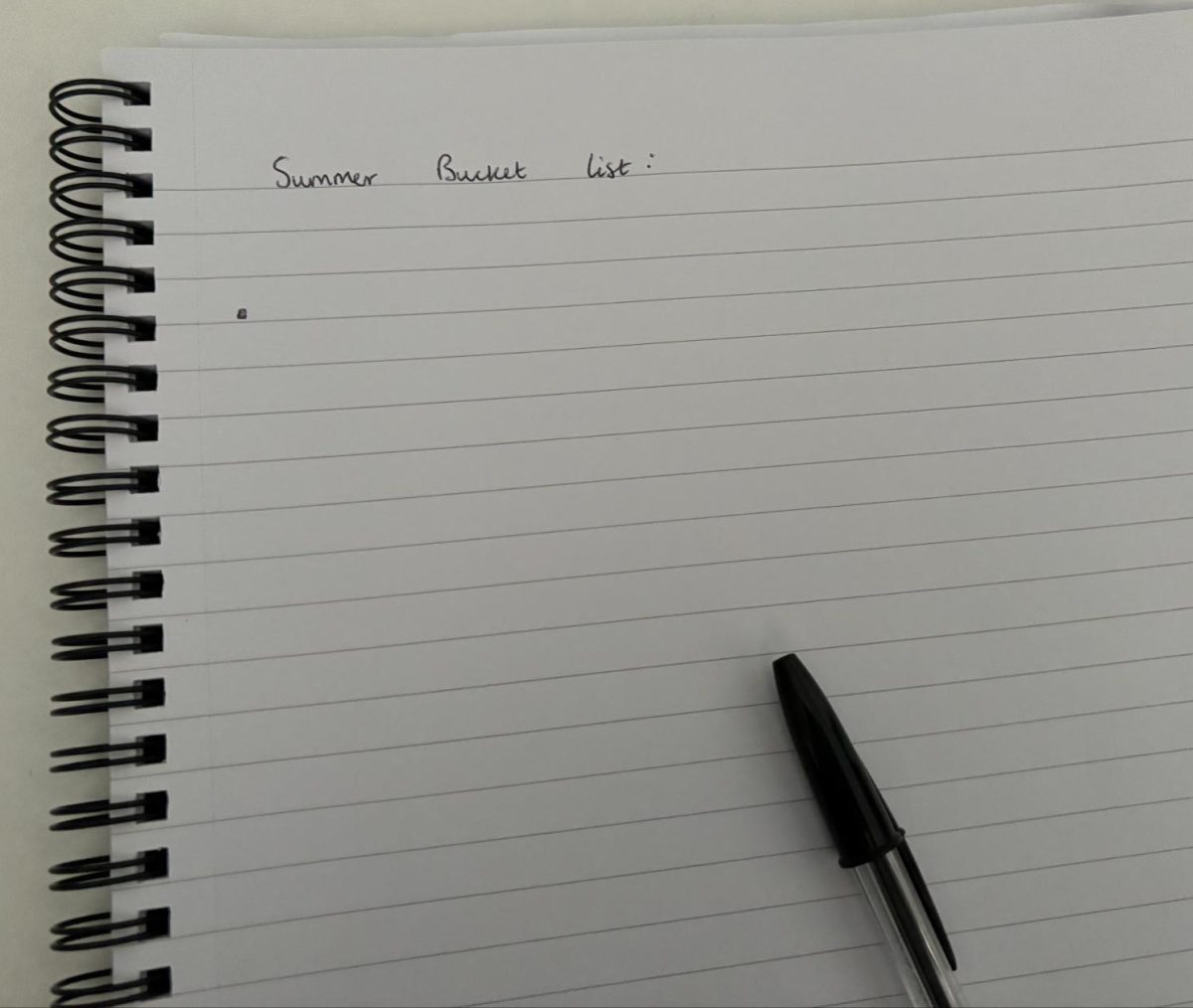
catarina santos • Oct 16, 2024 at 3:37 am
Very well put, the genre of female rage has been ‘normalised’ rather than appreciated/analysed far enough in this day and age (especially in social media)!
Patricia Aroyewun • Jun 12, 2024 at 7:42 am
A great read!
Jacqui Shirley - Organiser • Jun 6, 2024 at 9:36 am
A really well researched and written article. Reminded me to stop being a people pleaser!